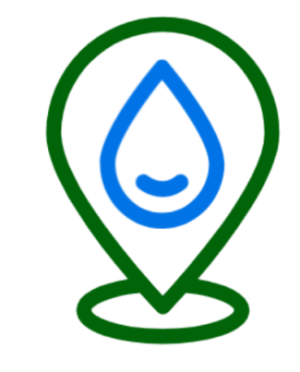Local governments have an increased public health responsibility to ensure that people have access to clean water during the COVID-19 pandemic. During this time, many utilities are refraining from shutting off customers’ water, despite unpaid bills. In more than a dozen states, mandates have even been put in place to prevent utility service shut-offs for customers. While it is a common practice during the crisis, utilities lose a tool to ensure collections from customers. Furthermore, many utilities will experience significant declines in water use from non-residential customers. The reduction in revenue could put utilities in a difficult financial position.
Many utilities may not be able to generate the revenues needed to cover their expenses this year. In that case, utilities may have to rely on their reserves to cover the gap. How long will utilities be able to last during this pandemic without recovering all of their expenses through revenues? This leads us to analyze a key financial indicator that approximates unrestricted reserves: days cash on hand. To put it simply, days cash on hand is the amount of saved and unrestricted cash a system has and how long it will be able to pay for daily operations before it runs out. For additional information on days cash on hand see our previous blog post.
At this point, it is unknown how long utilities might expect to operate under current COVID-19 conditions, which dictates how much they will need to rely on their reserves. According to Washington Post’s William Wan, it was two and a half months from the time of outbreak before COVID-19 peaked in China and restrictions began to lift. Given the uncertainty, it is important to examine the financial sustainability of utilities at various lengths of time. Here we will be analyzing the impact of the virus shutdown continuing for two, three, and four months. Additionally, we will compare present regional differences between utilities in North Carolina and Arizona. Continue reading





